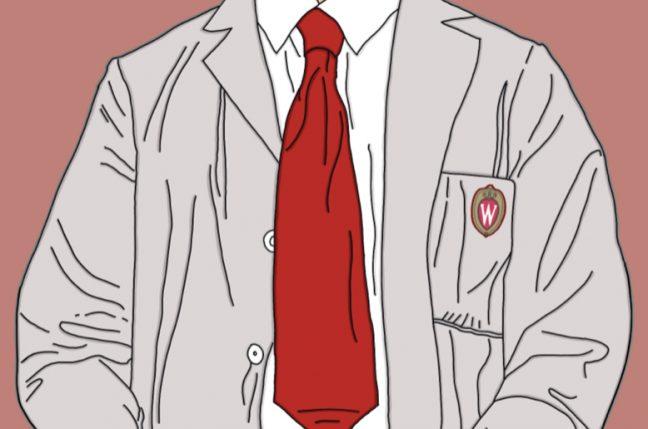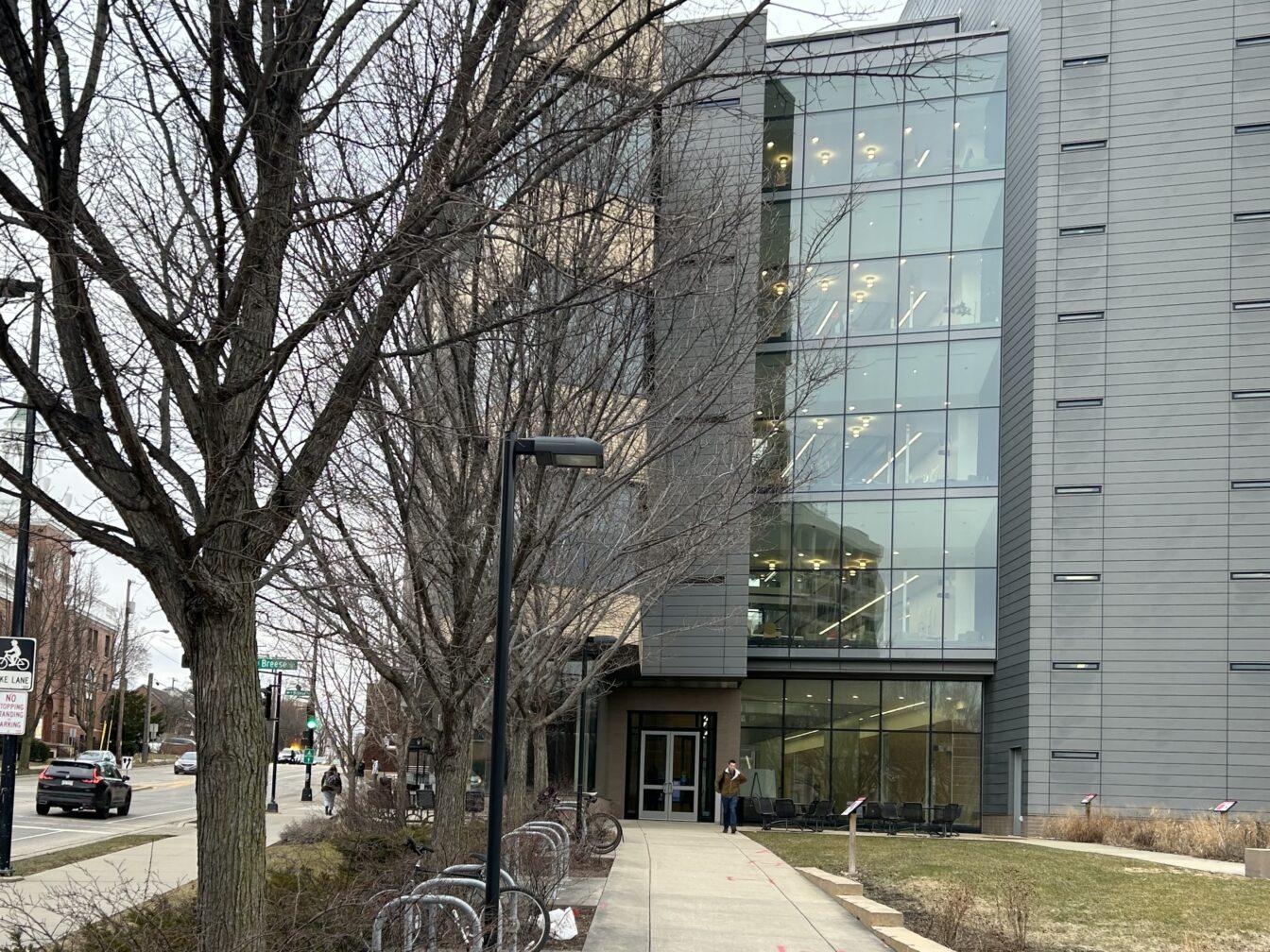Editor’s note: The Lab Report is a weekly series in The Badger Herald’s print edition where we take a deep dive into the (research) lives of students and professors outside the classroom.
The Samanta Lab, directed by Jayshree Samanta, is a neurogenetic lab at the University of Wisconsin. Samanta and her cohort are specifically focusing on how stem cells within the brain regenerate their myelin sheath. This work is aimed to help people with multiple sclerosis, dementia and Alzheimer’s.
The myelin sheath is pivotal in the process of sending and receiving messages between neurons. The sheath starts from oligodendrocytes — a type of cell that wraps itself around the axons of neurons. When neurons lose this sheath, the axons begin to deteriorate, causing neurons to decline. This phenomenon causes dementia and Alzheimer’s.
“Research is all about making new discoveries, which excites me more,” Samanta said. “I went to medical school after high school, but my biochemistry professor suggested that I was more inclined towards research than clinical work.”
Diseases like dementia, Alzheimer’s and multiple sclerosis are caused by demyelination, a degenerative process within the myelin sheath causing messages between neurons to slow down and, in extreme cases, deteriorate.
The Samanta Lab is aiming to understand the process of demyelination early enough to halt the effects before the disease takes hold of the individual. This is being done through mouse models induced with degenerative myelin diseases, in vivo mouse genetics, and in vitro neural stem cell culture, Samanta said.
Atharva Dhamale, an undergraduate student in the lab, is studying remyelination — the process by which a new myelin sheath is generated — in a genetic mouse model of demyelination. He is working on his senior honors thesis and received the Letters and Science Senior Honors Thesis grant in 2021.
Dhamale is focusing on the role of GLI1, a genetic transcription factor, in neural stem cells as well as the loss and impact of GLI1 in the demyelination process. Along with this, he is trying to develop a new model to induce demyelination in mice models in a controlled manner.
The Lab Report: Engineered bacteria convert waste product to biodegradable plastic
“We’re trying to see if inhibition of knocking out GLI1 can be used as a strategy to induce hippocampal demyelination,” Dhamale said.
Dementia often affects the hippocampus and cerebellum first since both brain regions are responsible for memory and the interpretation of sights and sounds. The lab studies the hippocampal region because it contains GLI1 stem cells and was a more “interesting” location to focus on, Dhamale said.
“The lab was originally focused around the function of GLI1 in the hippocampus,” Dhamale explained. Samanta opened the doors to her lab in November 2017. She first started working with GLI1 transcription factors as part of her postdoctoral work. As a part of this work, she experimented with the notion that injuries are what activate GLI1 stem cells.
This idea led her to induce demyelination in the mouse brain as one of the first experiments to trace the stem cells with the GLI1 transcription factor. Samanta said she specifically did this by making a lesion in the mouse brain to test if the cells can migrate to the site of an injury.
While tracing these stem cells, she said she observed they became oligodendrocytes or astrocytes. Astrocytes play a role in guiding and supporting the axon of the neuron.
In a healthy brain these stem cells become neurons and astrocytes. She was able to determine that there is a change in fate of the stem cells dependent on the health of the brain.
“When GLI1 is inhibited, the stem cells can migrate in greater numbers and remyelinate better through the creation of oligodendrocytes or astrocytes,” Samanta said.
Samanta’s big question after this was, can GLI1 be used as a drug?
Through further experimentation, Samanta said she discovered that GLI1 inhibitors can be given to the mouse models after an injury in order to repair the site.
Since she first started, she has also discovered that the gene GPNMB, which is downstream of GLI1, acts as an inhibitor of remyelination.
“It was not previously known to play a role in remyelination and when it was knocked out remyelination in the mouse brain had a better outcome,” Samanta explained.
UW Launches new research center focusing on psychoactive substances
Along with this discovery, Samanta added, a new mouse model was also developed, allowing her lab to better track the growth and fate of stem cells. They could also genetically induce demyelination in the mouse brain.
“This model is unique because we can induce demyelination in the hippocampus and cerebellum, whereas previous models could not do so,” Samanta said.
Mouse models are used to study remyelination. They are induced with demyelination and their brains are then dissected and studied. Each member of the lab either takes part in inducing mice with the disease, the surgeries, or observing the data extracted from the brain.
A typical day in the lab for Dhamale includes identifying the genotypes of mice and sorting which mice fit into specific experimental paradigms. After this process, Dhamale said he harvests the brain and analyzes the images of the various brain sections.
“Every single day we are working on something new and exciting about the demyelination or remyelination process of the brain,” Artharva stated.
















